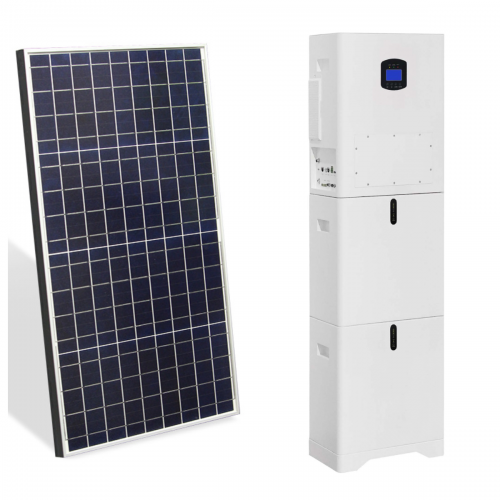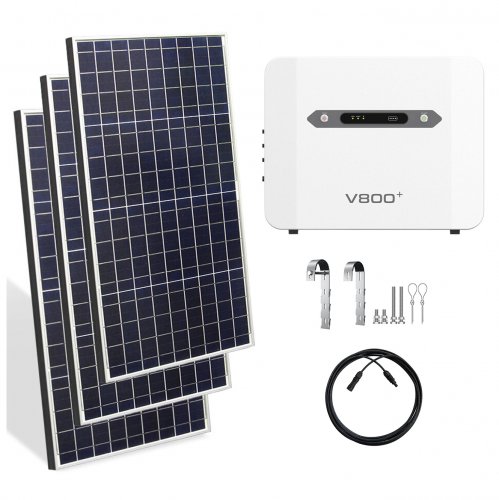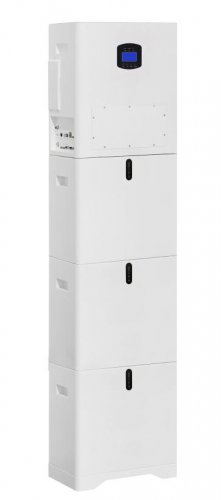Supply Chain Analysis News: Navigating Disruption Through Advanced Analytics And Strategic Resilience
The global supply chain, once a largely behind-the-scenes operational function, has been thrust into the spotlight over the past several years. Persistent disruptions, from geopolitical tensions and climate-related events to shifting consumer demands, have underscored its critical role in global economic stability. In this complex environment, supply chain analysis has evolved from a tactical tool into a strategic imperative, empowering organizations to build resilience, enhance visibility, and drive efficiency. The latest industry developments point towards an accelerated adoption of sophisticated technologies and a fundamental rethinking of traditional models.
Latest Industry Dynamics: From Reactive to Proactive Stance
Recent months have seen a significant shift in how companies leverage supply chain analysis. The focus is moving beyond merely tracking goods to predicting and mitigating risks before they materialize. A key dynamic is the increased integration of Internet of Things (IoT) sensors and devices. These provide real-time, granular data on location, temperature, humidity, and shock for shipments worldwide. This influx of big data is fed into cloud-based platforms where advanced analytics algorithms process it, transforming raw information into actionable insights.
Furthermore, the application of Artificial Intelligence (AI) and Machine Learning (ML) is moving from pilot programs to core operations. Major logistics firms and retailers are now deploying AI-powered tools for predictive demand forecasting. These systems analyze vast datasets—including historical sales, weather patterns, social media trends, and macroeconomic indicators—to generate more accurate forecasts, thereby optimizing inventory levels and reducing both overstock and stockout situations. Concurrently, the rise of generative AI is beginning to impact areas like automated report generation, scenario planning, and the creation of synthetic data to model extreme disruption events without compromising real operational data.
Geopolitical fragmentation continues to be a primary driver of analytical investment. Companies are using network optimization tools to model the impact of tariffs, trade agreements, and regional conflicts. This has led to a sustained trend towards nearshoring and friend-shoring, as analysis reveals the hidden risks and costs of overly concentrated, elongated supply chains. The recent tensions in critical shipping lanes have only accelerated this trend, forcing companies to dynamically reroute shipments and analyze alternative supplier viability in real-time.
Trend Analysis: The Road to Autonomous and Sustainable Supply Chains
Looking forward, several interconnected trends are shaping the future of supply chain analysis.
1. The Push for End-to-End Visibility: The goal is no longer just visibility within one's own four walls or immediate tier-1 suppliers. The trend is towards creating a "digital twin" of the entire supply network—a virtual, dynamic replica that includes all suppliers, logistics partners, and distribution channels. This allows for unparalleled simulation and stress-testing capabilities. Analysts can run "what-if" scenarios—such as a port closure or a supplier bankruptcy—to assess impact and develop robust contingency plans.
2. Sustainability as a Core Metric: Analytical models are increasingly incorporating Environmental, Social, and Governance (ESG) criteria. Carbon emission tracking is becoming a standard feature in transportation management systems (TMS), allowing companies to analyze and optimize routes for both cost and carbon footprint. Consumers and regulators are demanding greater transparency, making analysis of Scope 3 emissions (those from the entire value chain) a critical, albeit complex, undertaking.
3. The Autonomous Supply Chain: The ultimate horizon for many experts is the development of a self-healing, autonomous supply chain. In this model, AI systems would not only predict a disruption—like a storm delaying a shipment—but would also automatically execute a predefined response, such as rerouting the shipment, reallocating inventory from another warehouse, and notifying customers of revised delivery times—all without human intervention. While full autonomy is still a future goal, steps in this direction are already being implemented in closed-loop processes.
Expert Perspectives: Caution and Opportunity
Industry experts emphasize both the immense potential and the practical challenges of these advancements.
Dr. Evelyn Reed, a supply chain professor at a leading university, highlights the human element: "The technology is advancing at a breathtaking pace, but the success of any analytical model hinges on data quality and organizational culture. Companies must break down data silos and invest in upskilling their workforce. An algorithm is only as good as the data it's fed and the people who interpret its outputs."
Michael Thorne, a partner at a global consulting firm, points to the strategic value: "We've moved from just-in-time to just-in-case, and now we're heading towards 'just-in-optimization'. Supply chain analysis is the engine of that optimization. CEOs and boards are now directly engaged in supply chain strategy because analytical insights are directly informing market entry strategies, merger and acquisition opportunities, and overall corporate risk posture."
However, experts also warn of a potential divide. Larger corporations with significant resources are rapidly deploying these advanced tools, potentially creating a gap with small and medium-sized enterprises (SMEs) that may struggle with the investment. This has spurred growth in the market for SaaS-based analytical tools that offer sophisticated capabilities on a subscription model, making them more accessible.
In conclusion, the field of supply chain analysis is undergoing a profound transformation. It is no longer a support function but a central nervous system for modern enterprise. The integration of AI, IoT, and big data analytics is enabling a more resilient, responsive, and transparent global network. While challenges in implementation and data management remain, the strategic direction is clear: the future belongs to those who can effectively analyze, adapt, and anticipate in an increasingly volatile world.
Customized/OEM/ODM Service
HomSolar Supports Lifepo4 battery pack customization/OEM/ODM service, welcome to contact us and tell us your needs.


HomSolar: Your One-stop LiFePO4 Battery Pack & ESS Solution Manufacturer
Our line of LiFePO4 (LFP) batteries offer a solution to demanding applications that require a lighter weight, longer life, and higher capacity battery. Features include advanced battery management systems (BMS), Bluetooth® communication and active intelligent monitoring.

Customised Lithium Iron Phosphate Battery Casing
ABS plastic housing, aluminium housing, stainless steel housing and iron housing are available, and can also be designed and customised according to your needs.

HomSolar Smart BMS
Intelligent Battery Management System for HomSolar Energy Storage System. Bluetooth, temperature sensor, LCD display, CAN interface, UART interface also available.


Terminals & Plugs Can Be Customized
A wide range of terminals and plugs can be customised to suit the application needs of your battery products.

Well-designed Solutions for Energy Storage Systems
We will design the perfect energy storage system solution according to your needs, so that you can easily solve the specific industry applications of battery products.



About Our Battery Cells
Our energy storage system products use brand new grade A LiFePO4 cells with a battery lifespan of more than 4,000 charge/discharge cycles.



Applications in Different Industries
We supply customized & OEM battery pack, assemble cells with wiring, fuse and plastic cover, all the cell wires connected to PCB plug or built BMS.
Applications: E-bike, Electric Scooter, Golf Carts, RV, Electric Wheelchair, Electric Tools, Robot Cleaner, Robot Sweeper, Solar Energy Storage System, Emergency Light, Solar Power Light, Medical Equipment, UPS Backup Power Supply.
We can provide you with customized services. We have the ability to provide a vertical supply chain, from single cells to pack/module and to a complete power solution with BMS, etc.


HomSolar (Shenzhen) Technology Co., Ltd
























